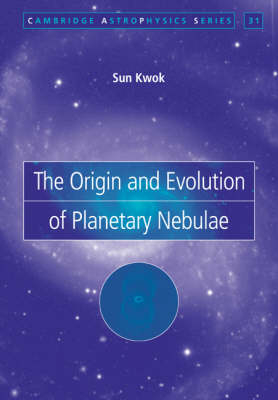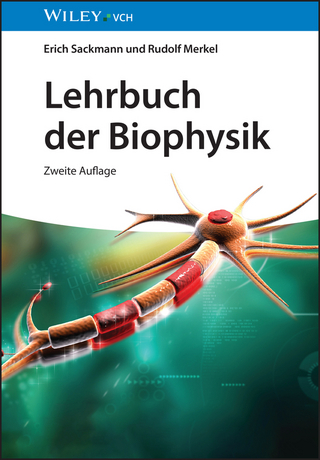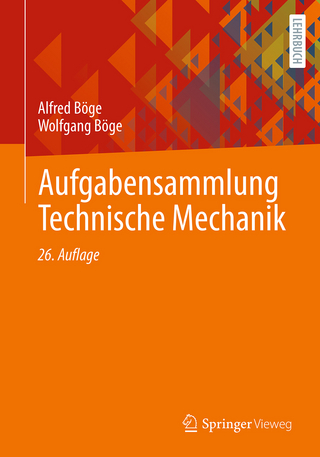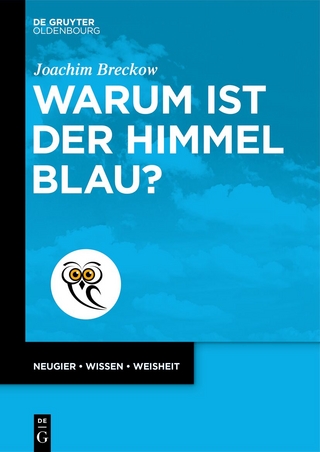
The Origin and Evolution of Planetary Nebulae
Cambridge University Press (Verlag)
978-0-521-03907-9 (ISBN)
This authoritative volume provides a comprehensive review of the origin and evolution of planetary nebulae. It covers all the stages of their evolution, carefully synthesizes observations from across the spectrum, and clearly explains all the key physical processes at work. Particular emphasis is placed on observations from space, using the Hubble Space Telescope, the Infrared Space Observatory, and the ROSAT satellite. This book presents a thoroughly modern understanding of planetary nebulae, integrating developments in stellar physics with the dynamics of nebular evolution. It also describes exciting possibilities such as the use of planetary nebulae in determining the cosmic distance scale, the distribution of dark matter and the chemical evolution of galaxies. This book provides graduate students with an accessible introduction to planetary nebulae, and researchers with an authoritative reference. It can also be used as an advanced text on the physics of the interstellar medium.
Sun Kwok is a leading world authority on the subject of astrochemistry and stellar evolution. He is best known for his theory on the origin of planetary nebulae and the death of Sun-like stars. His recent research has been on the topic of the synthesis of complex organic compounds in the late stages of stellar evolution. He is the author of many books, including Cosmic Butterflies (2001), Physics and Chemistry of the Interstellar Medium (2007) and Organic Matter in the Universe (2012). He has been a guest observer on many space missions, including the Hubble Space Telescope and the Infrared Space Observatory. He currently serves as President of Commission 34 Interstellar Matter of the International Astronomical Union (IAU), as well as Vice President of IAU Commission 51 Bioastronomy. He served as chairman of the IAU Planetary Nebulae Working Group between 1994 and 2001, and as organizing committee member of the IAU Astrochemistry Working Group.
Preface; 1. History and overview; 2. Ionization structure of planetary nebulae; 3. Nebular line radiation; 4. Nebular continuum radiation; 5. The neutral gas component; 6. The dust component; 7. Observations of the central star of planetary nebulae; 8. Morphologies of planetary nebulae; 9. Problems and questions; 10. Asymptotic giant branch stars - progenitors of planetary nebulae; 11. Evolution of the central stars; 12. Formation of planetary nebulae; 13. Dynamical evolution of planetary nebulae; 14. Proto-planetary nebulae - the transition objects; 15. Evolution to the white dwarf stage; 16. Distances to planetary nebulae; 17. Comparison between evolutionary models and observations; 18. PN in the galactic context; 19. Chemical abundances; 20. Planetary nebulae in other galaxies; 21. Concluding remarks; References; Appendix: list of symbols and abbreviations; Subject index.
| Erscheint lt. Verlag | 11.8.2007 |
|---|---|
| Reihe/Serie | Cambridge Astrophysics |
| Zusatzinfo | 18 Tables, unspecified; 19 Halftones, unspecified; 94 Line drawings, unspecified |
| Verlagsort | Cambridge |
| Sprache | englisch |
| Maße | 167 x 242 mm |
| Gewicht | 420 g |
| Themenwelt | Naturwissenschaften ► Physik / Astronomie ► Angewandte Physik |
| Naturwissenschaften ► Physik / Astronomie ► Astronomie / Astrophysik | |
| Naturwissenschaften ► Physik / Astronomie ► Plasmaphysik | |
| ISBN-10 | 0-521-03907-X / 052103907X |
| ISBN-13 | 978-0-521-03907-9 / 9780521039079 |
| Zustand | Neuware |
| Informationen gemäß Produktsicherheitsverordnung (GPSR) | |
| Haben Sie eine Frage zum Produkt? |
aus dem Bereich


